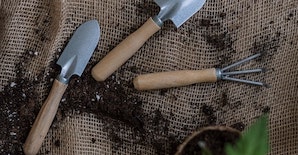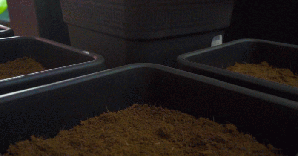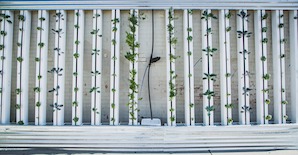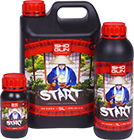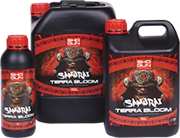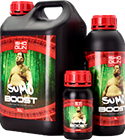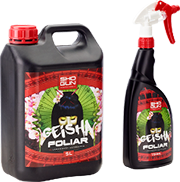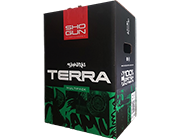To Flush or Not to Flush
When we ask “to flush, or not to flush?” we’re not addressing the thorny issue of night-time toilet etiquette when there are others sleeping in the house. No, we’re talking about the equally hot topic of whether it’s necessary to ditch your nutrients and use nothing but water during your plants’ final growth phase.
There are two main reasons for flushing, one is focussed on cleansing your system between harvests, and the other is cultivation-based – the practice of using water just before harvest to, theoretically, reduce excess nutrients and improve flavour amongst other benefits. It’s this second usage that is most controversial. Proponents of the technique swear by it, while the naysayers insist it’s a form of pseudo-science that deprives plants of essential nutrients. And it’s this that we’ll be focussing on in this article, while also exploring the concept of pre-flush nutrients; final flowering boosters that claim to create the perfect nutrient balance for the end phase of your plants’ life cycle.
I’m new to this. What exactly is “flushing”?
Flushing involves using only water as you get to the final fortnight of your plants’ growth cycle, although there are also those who like to flush for one or two days mid-cycle, typically to correct overfeeding errors. Flushing can be carried out at any time, but is most often done immediately prior to the flowering phase, giving the grower an opportunity for an NPK ratio reset. The idea is to force your plants to process the nutrients they’ve already absorbed, leading to a reduction in nutrient volume, and potentially contaminants, in your final harvest.
Generally the length of the flushing period as you approach the end of your harvest varies depending on the type of media you’re using. Effectively the less medium, the shorter the required time. If you’ve got an aeroponics or nutrient film technique (NFT) system, for example, no more than a week of flushing is advised. Whereas a denser medium such as coco can require a fortnight, as it takes longer for nutrients to get shifted out of the medium.
The naysayers
Makes sense, right? Not to everyone. A sizeable minority of growers believe flushing is akin to cracking a nut with a sledgehammer. Panicky growers end up flushing too hard, goes the argument, for too long, and end up causing nutritional deficiencies in their plants.
They reason that the best approach is to avoid overfeeding in the first place, and adopt a more gradual system of slowly reducing nutrient solution strength to avoid causing osmotic stress. They believe flushing encourages laziness, when instead you should be regularly checking your EC levels, and adjusting your run-off and feed accordingly.
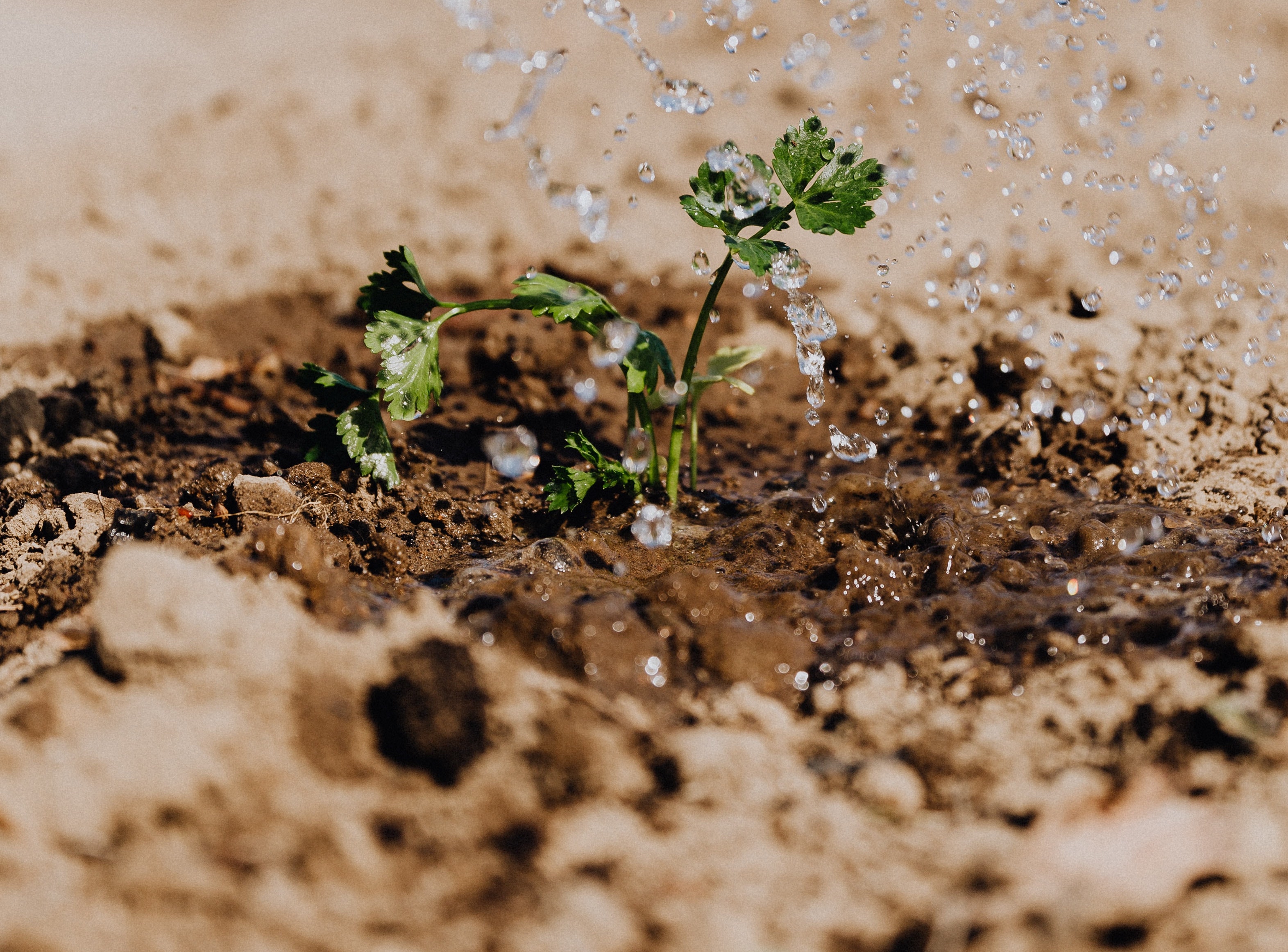
The anti-flush faction also point to blind taste tests showing users preferring the flavours of produce that hasn’t been flushed, which they believe supports their view that flushing plants doesn’t actually improve flavour or harvest quality at all – although this does fly in the face of much anecdotal evidence.
Anti-flushers believe depriving your plants of nutrients at any stage is a mistake, one that impedes growth, causes unnecessary stress, is not backed by science, and that once nutrients are absorbed by a plant they cannot be removed by flushing anyway.
The pro-flushing argument
Pro-flushers, of course, have some robust responses to these accusations. They believe that these points are often contradictory. Following the antis’ logic, if nutrients are absorbed permanently then the plant cannot also be deprived. So which is it?
The pros contend that flushing plants does not in fact deprive them of nutrients, rather it aids the plants’ ability to use the nutrients they’ve stored, and reduces the chance of a chemical taste to your harvest. They’ll point to the scourge of nutrient burn, and tell you anyone who’s faced this problem knows first-hand that flushing is the only solution. They’ll also tell you that while withholding nutrients does indeed place stress on plants, the right level of abiotic stress encourages a greater diversity of secondary metabolites, which helps boost plants’ natural defences as well as improve flavours and aromas. And as far as the accusations of pseudoscience go, they believe decades of horticultural science, and the support of most serious growers, support their claims that flushing does indeed reduce excess nutrients and salts, guarantees a greater nutrient balance, corrects nutrient lockout, helps clean your system, heals dying plants and promotes growth.
The importance of pre-flush nutrients
The truth, as always, lies somewhere in the middle. Flushing can be an extremely useful technique, but for the best possible results growers should first embrace a pre-flush nutrient – also known as a “final-flowering booster”. And the proof is in the pudding. SHOGUN’s Dragon Force uses sulphur to send an early finish signal to the plant, encouraging it to make one final push. This has the effect of stimulating your plants’ defence systems, helping send nutrients and carbohydrates from the root system to the flowers and fruit, and stimulates the production of resin and aroma compounds. Dragon Force should be used for ten days, followed by four days of flushing prior to the end of harvest for optimum results. It has been shown to speed up the maturation process, forcing plants to ripen, boosting the production of secondary metabolites and essential oils, and resulting in an all-round superior bloom.
Getting the balance right
Although exponents of flushing present a strong case, there is some truth behind the assertion that flushing can rob your plants of crucial nutrients, especially if done incorrectly (e.g. too much, too soon). Excessive flushing can cause a reduction in flower growth and resin production, which is why you need to do your research and experiment, as no two systems or harvests are the same.
Like so much in life the answer is about balance. Using the right nutrients at the right time, in combination with flushing, will be hugely beneficial for your harvest, which is why we recommend Dragon Force, a finishing and ripening additive that has been proven to increase the production of resins and oils, enhance flavour, boost yields, and give your plants the perfect nutrient ratio for one final hoorah.
And for those of you disappointed that we didn’t address the late night toilet issue?
Yes, flush. They won’t know it’s you, and will probably go back to sleep soon enough anyway.
